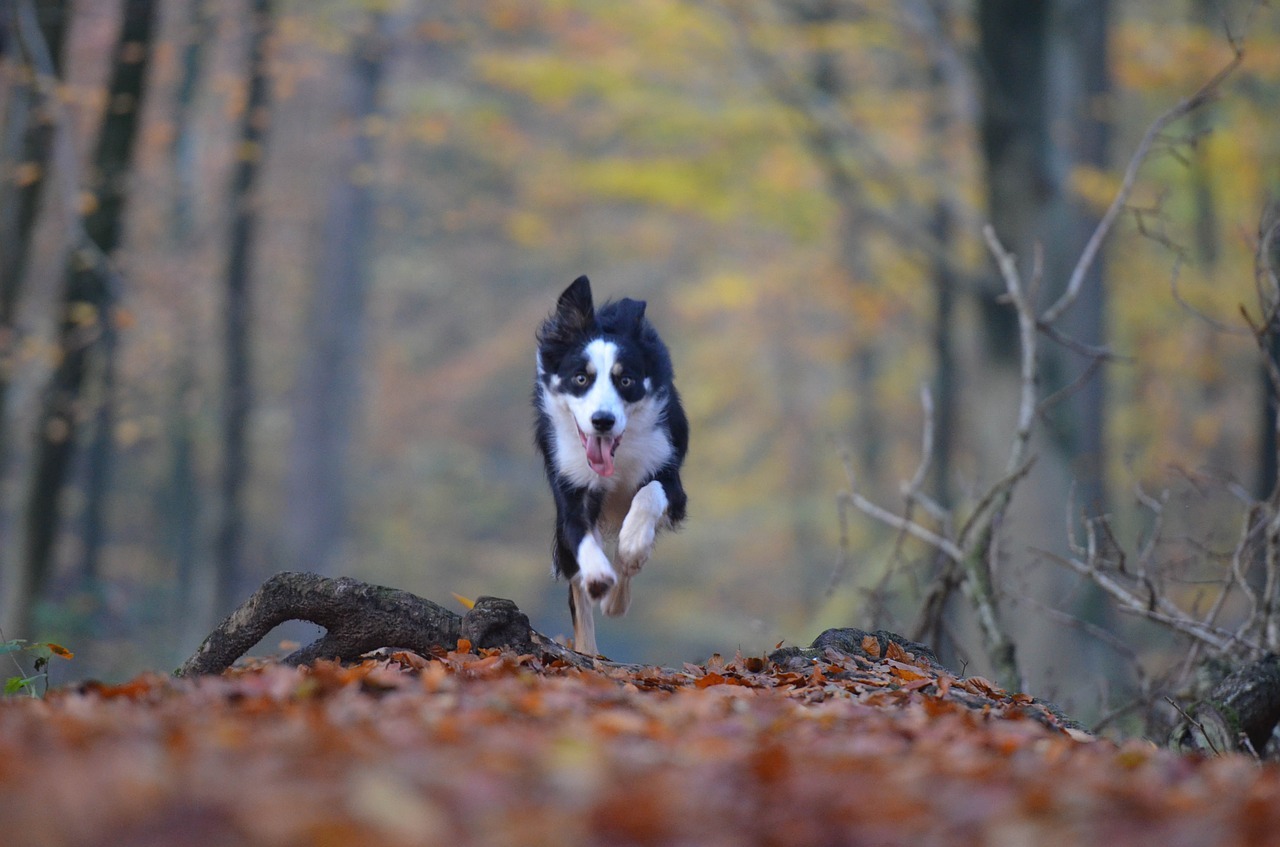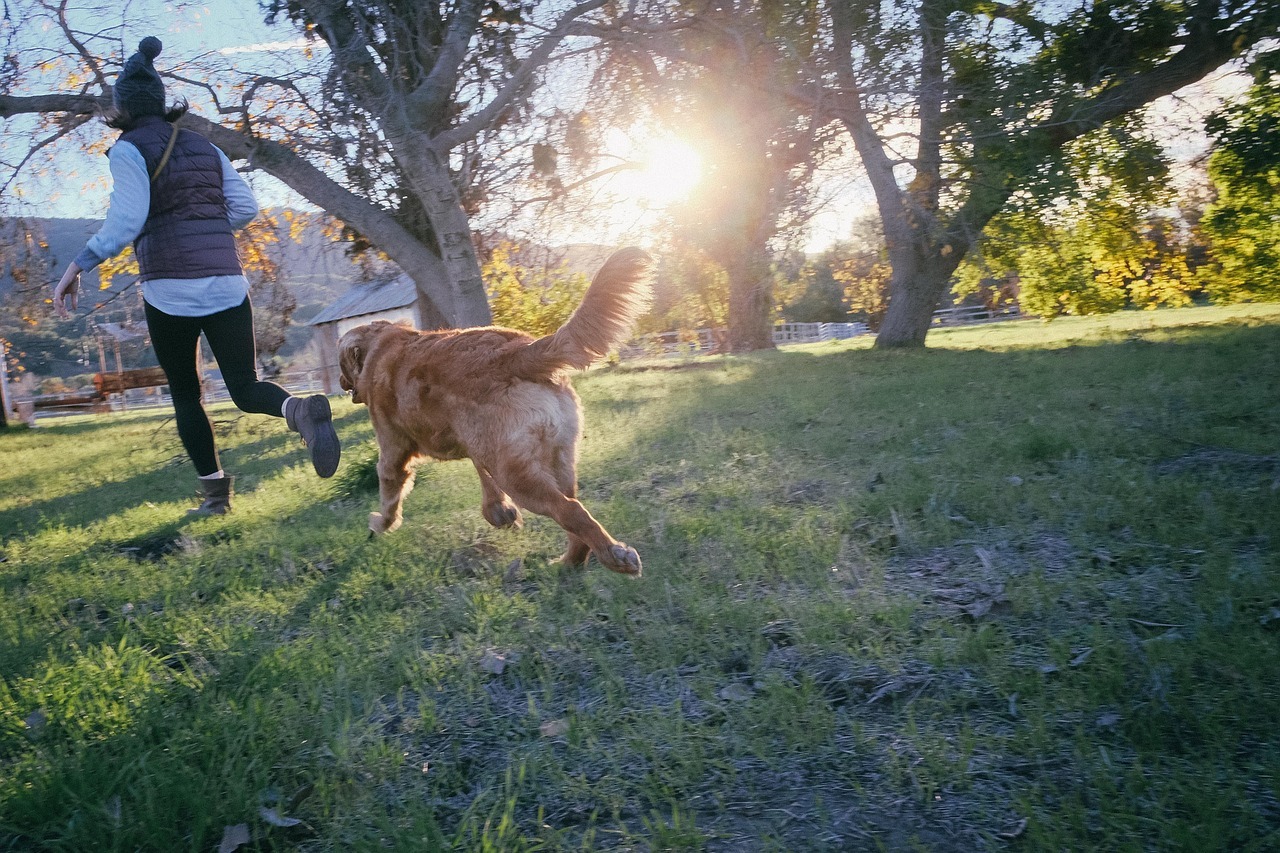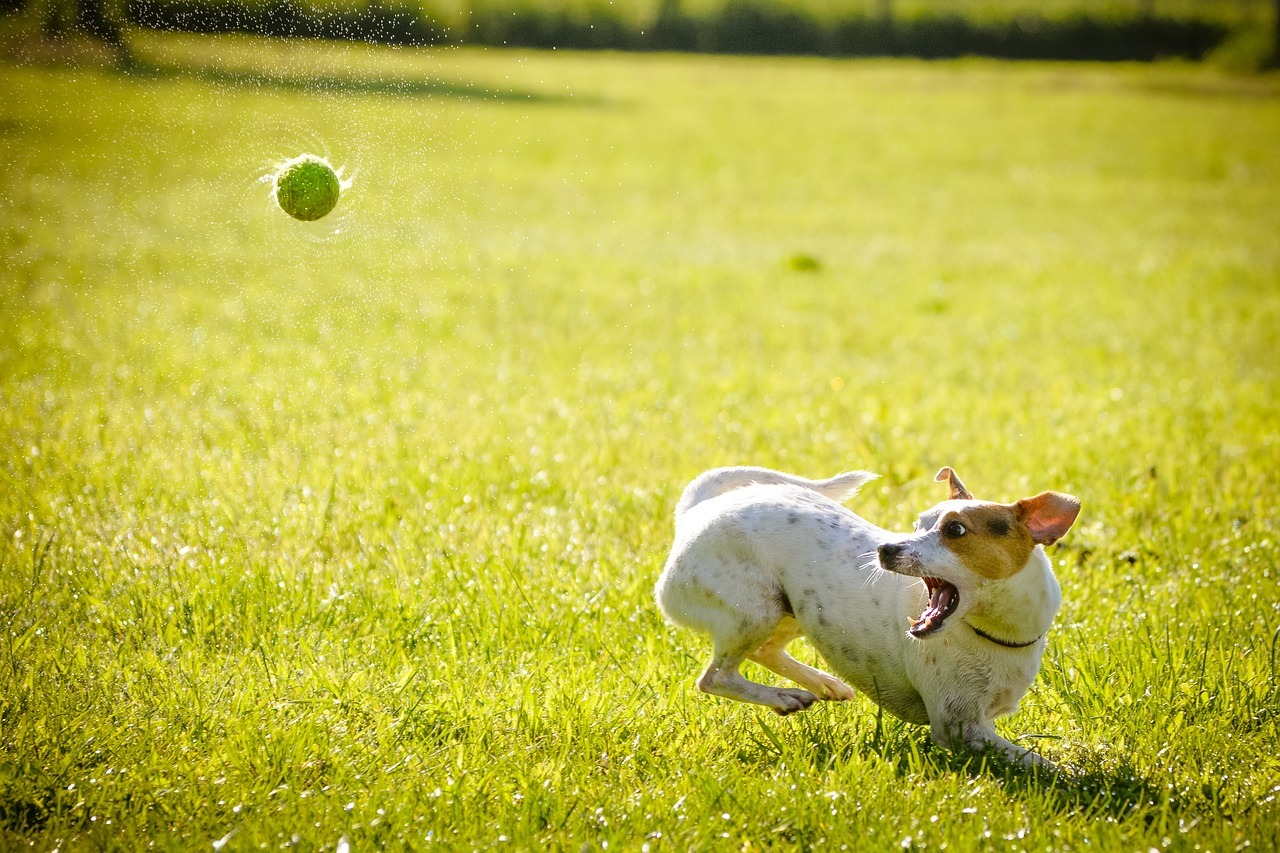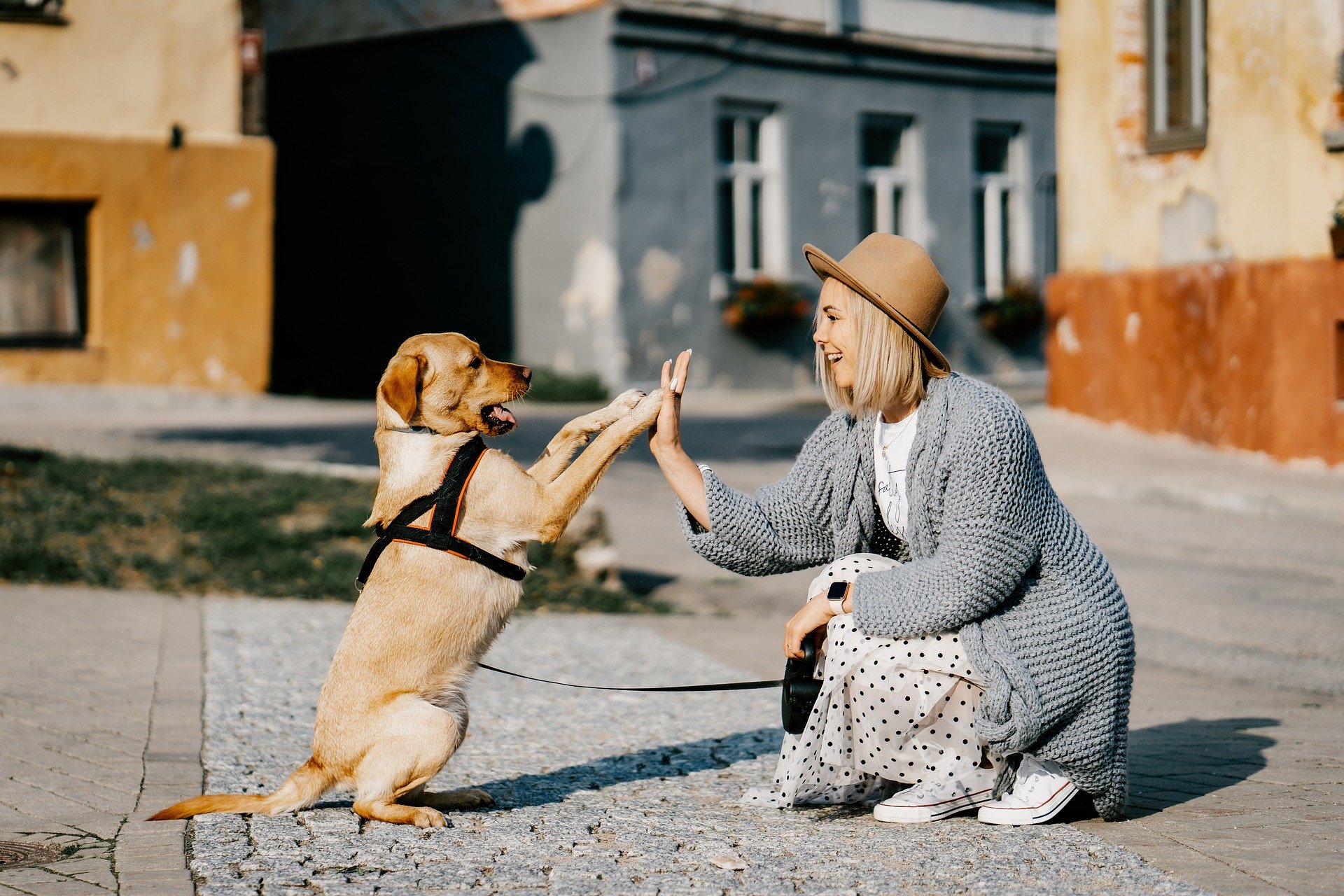Stress in Dogs: Master Arousal & Transform Your Training
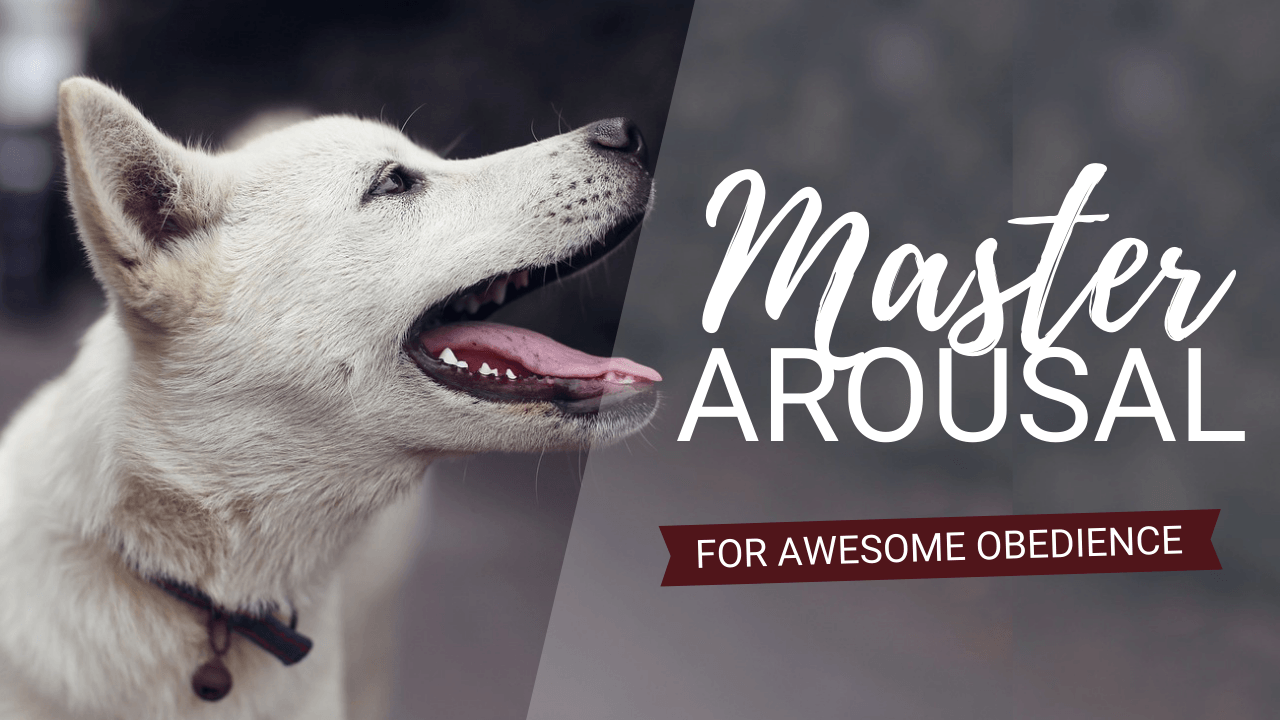
Stress in dogs has such a monumental effect on every aspect of your dog training, and yet, it can be so often totally overlooked by owners when it comes to trying to deal with problem behaviours. But in this article, I’m not necessarily talking about anxiety, but rather more specifically, arousal. You see, ‘stress’ itself has negative connotations, but isn’t always a bad thing!
In certain circumstances, a little stress can actually help improve our performance; the stress of being encountered by a bear, for example, would actually cause a physiological chain of events in our bodies that would improve our physical ability to run away from said bear. Well, the same can be said for arousal in dogs. The right level of arousal will give an agility dog the edge needed to complete a course faster – however over arousal would throw them off their game entirely. Getting the balance right, is key to training success.
Arousal: What Is It, And Why Is It Important?
It’s a word that’s thrown about a lot in dog training, and getting to grips with your dog’s arousal level is the key to success in so many areas! But what do I mean when I refer to arousal? To break it down to a very basic level, I’m simply talking about your dog’s responsiveness – this could be how quickly he reacts to things you instigate (like cues and commands) or how quickly he reacts to triggers in his environment (like doorbells and squirrels!)
The reason arousal is such a big deal when it comes to dog training, is that it involves a pretty complex interaction between the reticular activating system in the brain, and other areas, such as those involved in hormone production. What effect does this have? Arousal can not only affect your dog’s speed of responsiveness, or alertness, but also how positive and negative events are processed, and the resulting emotion your dog experiences, which is why it’s a key concept when it comes to dealing with stress in dogs.
So to relate this to real life, two identical events (for example the neighbour’s dog barks at your dog as you set off on a walk) may result in two entirely different responses from your dog, depending on your dog’s arousal level. Another important point to remember about arousal, is that the effects are cumulative, and long-lasting.
Your Dog’s Arousal Level Could Have a Direct Effect On:
- Whether he barks and lunges at passers-by or not
- If he is able to respond to a verbal cue he knows (like ‘sit’ or ‘stay’)
- How easy to handle he is
- How quickly he is able to run a course
- His choice of response to a novel or worrying situation
This is why it’s so important to help grow the concept of arousal management in your dog. So many people refer to stress in dogs as something that we should be trying to avoid – but that’s unrealistic. Instead, let’s teach our dogs how to manage that stress! Imagine being able to manipulate their arousal up for an agility run, and then down for the car journey home? Or up for your lunchtime run, but then down for when the children get home from school. Work on this, and you’ll see the positive effects ripple throughout so many aspects of your dog’s behaviour and training. But how do you help your dog manage their arousal?
There are games for that!
Training Games to Help Manage Stress in Dogs
1. Arousal Up, Arousal Down
Here’s a really simple way to engage in play with your dog that will encourage him to practise dealing with increasing and decreasing arousal levels. Remember, the more times a dog rehearses something, the more likely they are to adopt that behaviour in corresponding situations in the future. Keep your dog rehearsing the transition from high arousal to low arousal, and he’ll get better at it! Doing this is pretty straightforward – simply grab your dog’s favourite toy – be it a tennis ball or a tug rope, and engage him in high energy play.
Get animated, excited and FUN – if you are playing tug, and it is safe to do so, pet your dog as you play, give lots of verbal encouragement, and keep the energy up. Then, after a few minutes play, disengage your dog from the toy, pop the toy out of sight and calm everything down. Lower your voice, instruct your dog to lay on the bed if it’s a command they know, and calmly stroke them, all the while bringing the energy down. If you have the kind of dog who will not relax whilst receiving such attention, instead of calmly stroking, fully disengage from your dog and busy yourself with another activity (go and make a cup of tea!) until your dog gets the hint and takes themselves away to rest. At first your dog might really struggle to ‘come down’ after a high energy activity, but the more you practise this sudden switch from high arousal to low arousal, the more quickly they’ll be able to make the transition. Up the ante by chaining multiple high arousal and low arousal encounters back to back – you could play for 3 minutes, disengage for 6, play for 3 again and then disengage. It all amounts to more rehearsal!
2. Thinking in Arousal
Similar to game 1, we are once again going to up the arousal level with a game your dog LOVES. During play, once your dog is highly engaged and active, quickly withdraw the toy or your engagement, and give a cue your dog has been taught. This could be a high-energy game of tug, in which the tug toy is whipped away and you command your dog to sit. This is a challenge!
The high arousal makes a simple command harder for your dog to follow – if he does not respond straight away, wait a few seconds and give the cue again. If you have a visual cue that may help (a hand gesture) give this at the same time as your verbal cue to help you dog out. As SOON as he performs the cue, the toy reappears and the game is back on! The more you practise this – and the quicker you are at re-brandishing the toy once your dog performs the cue – the quicker your dog’s responses will become, and the more adept he’ll get at thinking in arousal. How does this relate to real life? You’re far more likely to be able to recall him the moment he spies that squirrel at the park! How awesome would that be?
Remember, stress in dogs isn’t something you have to try and avoid like the plague – a little stress at a manageable level is healthy – rather, teach your dog how to transition from high arousal to low arousal quickly and effectively, and you’ll give him the tools to better cope with the stresses of daily life as and when they occur.
Need more help with your dog training? Check out our printable planning resources right here, and follow us on Instagram and Facebook for daily tips!


